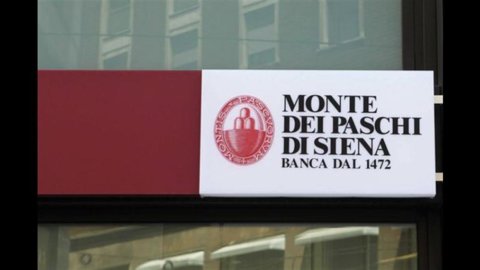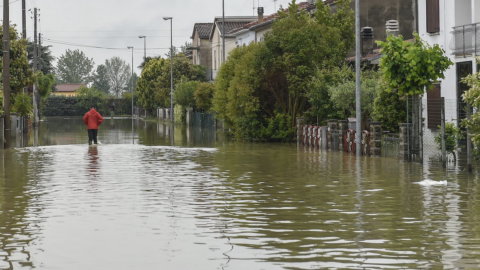Monte dei Paschi enters the new Purple era with the approval of the 2012-2015 business plan. The bank will ask for Tremonti bonds, launched yesterday by the government, for 3,4 billion (of which 1,9 for the repayment of the tranche already requested in 2009). To improve the capital is also planned a proxy to increase the capital up to a maximum of 1 billion (through the issue of shares, convertible bonds and/or warrants, to be offered with the exclusion of the option right within 5 years, extraordinary shareholders' meeting convened for October) and a conservative payout. The bank targets an EBIT of over $1,3 billion in 2015 primarily due to cost reductions and a consolidated net profit of 630 million in 2015, closing 400 branches and setting up an online bank. At the opening in Piazza Affari, the Mps stock travels up by more than two and a half points.
More specifically, the path outlined by the new management chaired by Alessandro Profumo is based on three priorities: strengthening the quantity and quality of capital by adapting core tier 1 to EBA requests at the end of June and the Common tier 1 according to Basel 3 at 8,07% in 2015; structurally rebalance liquidity with a commercial loan to deposit ratio down to 110%% in 2015 with the complete reduction of exposure to the ECB and achieve sustainable levels of profitability with the aim of a Rote to 2015 of 7%.
Three objectives that will translate into operational level five major changes in discontinuity with the past:
1) the transition from a productivity model "from volumes" to a productivity "from services" (+30% margin from services)
2) the strong strengthening of the Front Office and Private Banking (recruiting, among other things, 100 new bankers)
3) the complete rationalization of the Group structure with the incorporation of the subsidiaries (including the Antonveneta network) and the closure of 400 branches
4) Outsourcing of Back-office activities and a new HR management model
5) New online bank
We will then work on establishing a leadership position in the bancassurance sector. At target level, the aim is for: total revenues with a cagr 2012-1015 of -1%, cost of credit at 77 basis points in 2015, operating costs down by 565 million, cost / income at 58,5%, reduction of the cost base by 16% in the period 2012 – 2015, reduction of 4600 personnel units. Here, in addition to the exodus processes for those who have accrued the right to retire, the significant reduction in personnel will come from the asset sale, Group rationalization and Back-office activity outsourcing actions, and will be achieved through a process "socially sustainable" aimed at avoiding important repercussions on employment levels.
Mps then started the impairment test on the goodwill as at June 30, 2012 which could result in a material impairment of the goodwill recorded in the financial statements. The result of the test will be announced together with the approval of the data for the first semester. The board of directors then resolved to accept the binding offer of Cassa di Risparmio di Asti for the purchase of the 60,42% stake in the share capital of Biverbanca for 203 million euro.
The scenario on which the plan is based is prudential: assumes the persistence of the Euro crisis, without reaching a disarticulation of the European Monetary Union; a spread of 380 basis points at the end of 2013, to reach around 200 by 2015; volatile and weak performing equity markets (with a negative effect on the financial wealth of households); reduced growth in demand for our exports; recessive effects on households due both to a worsening of the climate of confidence (which directly affects household consumption) and to a lowering of the propensity to consume due to the high level of uncertainty (greater precautionary savings) with a GDP trend still negative in 2013 and a growth of 1% since 2014; a stable level of inflation in Italy at around 2% and a monetary policy that is still expansive and a consequent low level of interest rates (ECB rate at the end of the year at 1% for the entire period of the plan).





